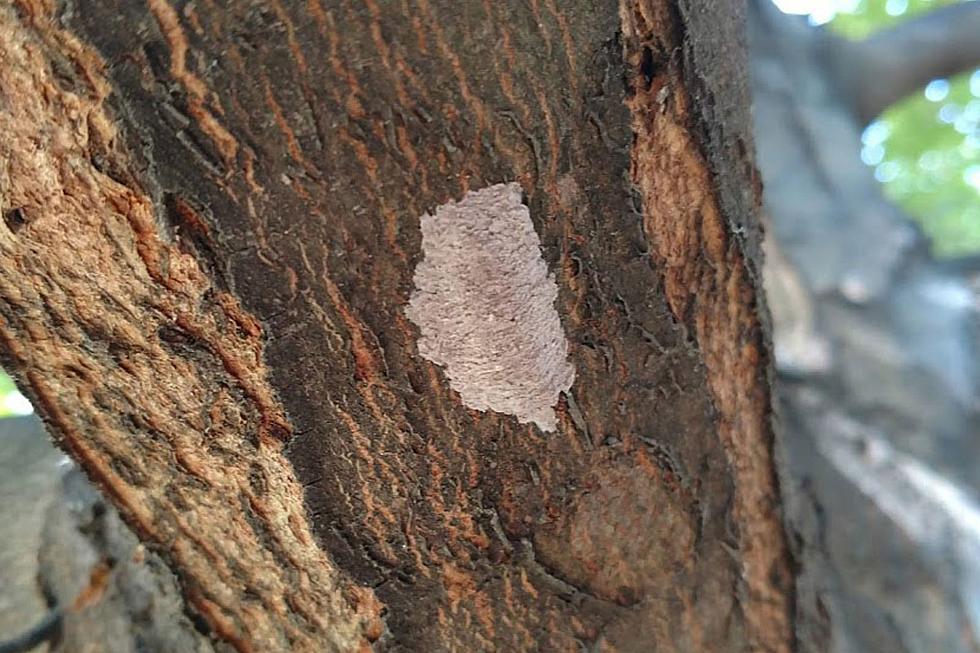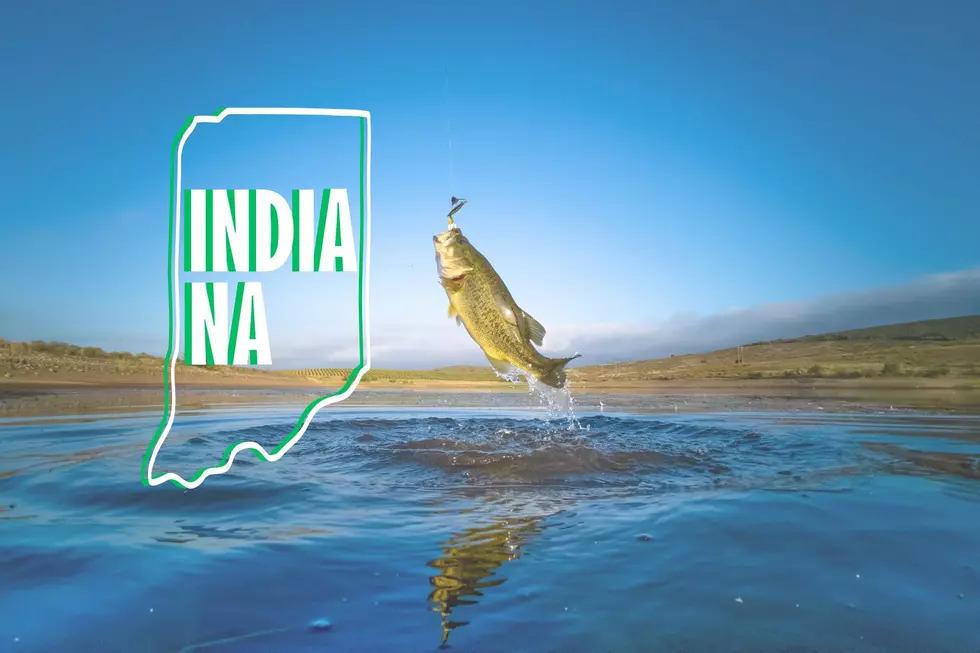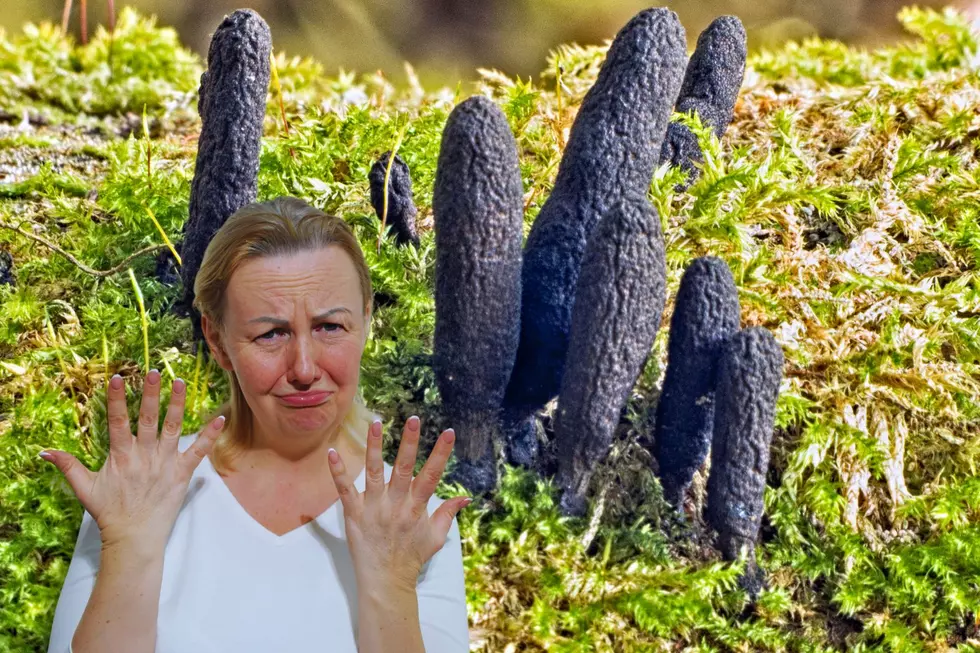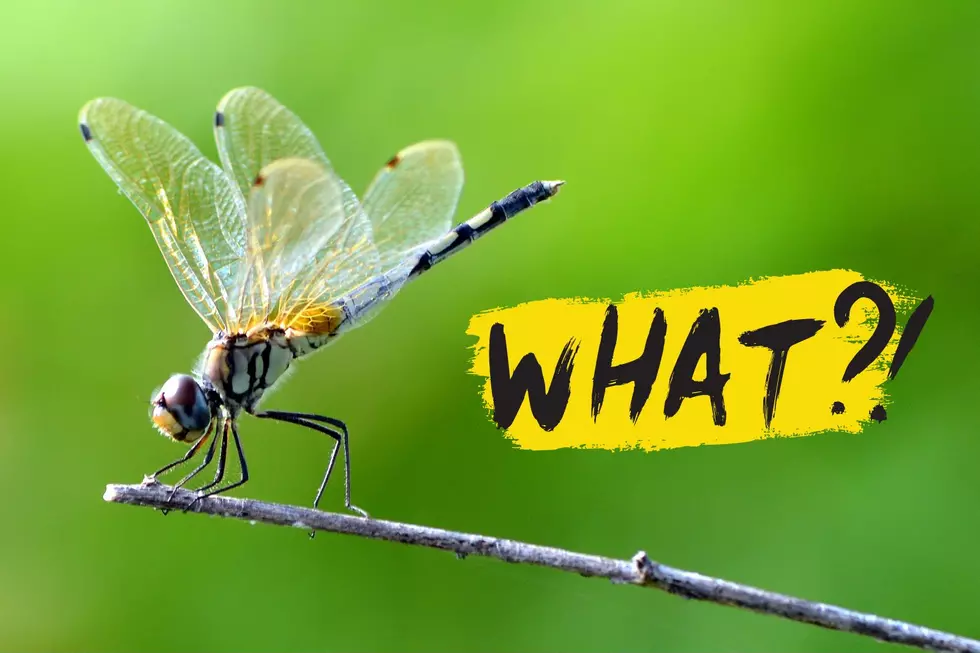
If You See This on a Tree in Indiana, Remove It Immediately
Spring is by far my favorite season of the year. The temperatures during the day are just like Baby Bear's porridge in Goldilocks & The Three Bears, not too hot, not too cold, just right. Plus, the leaves start coming back on the trees and the grass begins to get green again after months of that drab yellowish-brown color. It's just the best. However, as with everything, there are cons that come with the pros. For me, that's bugs. Now, I know several bugs are beneficial to the overall ecosystem, but there are some that are the complete opposite. There's one specifically whose eggs are getting ready to hatch that the Indiana Department of Natural Resources (DNR) is hoping you can find and remove before that happens.
Indiana DNR Asking Residents to Be on the Lookout for Lanternfly Eggs
The Spotted Lanternfly is native to China and was first discovered in Pennsylvania in 2014. While it may look pretty, it has the potential to have a "serious impact" on any tree it comes into contact with.

According to the Indiana DNR, "a population of the insect was identified in Switzerland County, near the Ohio River" in July of 2021 while a second population was found in Huntington last July. The insect has "piercing-sucking mouthparts and feed on the vascular tissue of leaves, young shoots, branches, and trunks of its hosts...This extensive feeding results in oozing wounds on woody tissue and wilting and death of branches."
How to Spot Lanternfly Eggs
Lanternfly eggs are typically found on smooth surfaces and begin to hatch in late April (a.k.a. any day now). The bugs may leave them in "sheltered locations" like crevices on trees, rocks, fences, or other outdoor objects. The egg masses are between one and one-and-a-half inches long, are irregularly shaped, and look like wheat kernels strung together in several rows. After laying the eggs, the mother covers them in a protective coating that looks like silly putty. Over time, it will look more like dried mud as it dries and is exposed to the outdoor elements. The masses can have anywhere between 30 and 50 eggs in them and look like this:
How to Remove Lanternfly Egg Masses
According to the U.S. Department of Agriculture, "scrape any egg masses into a plastic zippered bag filled with hand sanitizer, then zip the bag shut and dispose of it properly." The Indiana DNR asks that you also report any findings to them by calling 866-NO EXOTIC ((866) 663-9684), or emailing the DNR Division of Entomology & Plant Pathology(DEPP) at DEPP@dnr.IN.gov. Be sure to include the county you live in (or where you spotted the flies and/or eggs) and your contact information so DEPP staff can follow up.
[Sources: Indiana DNR / USDA]
7 Invasive Insects in Indiana You Should Kill Immediately If You See Them
Animals You Might Encounter in The Wild in Indiana
More From WGBF-FM









